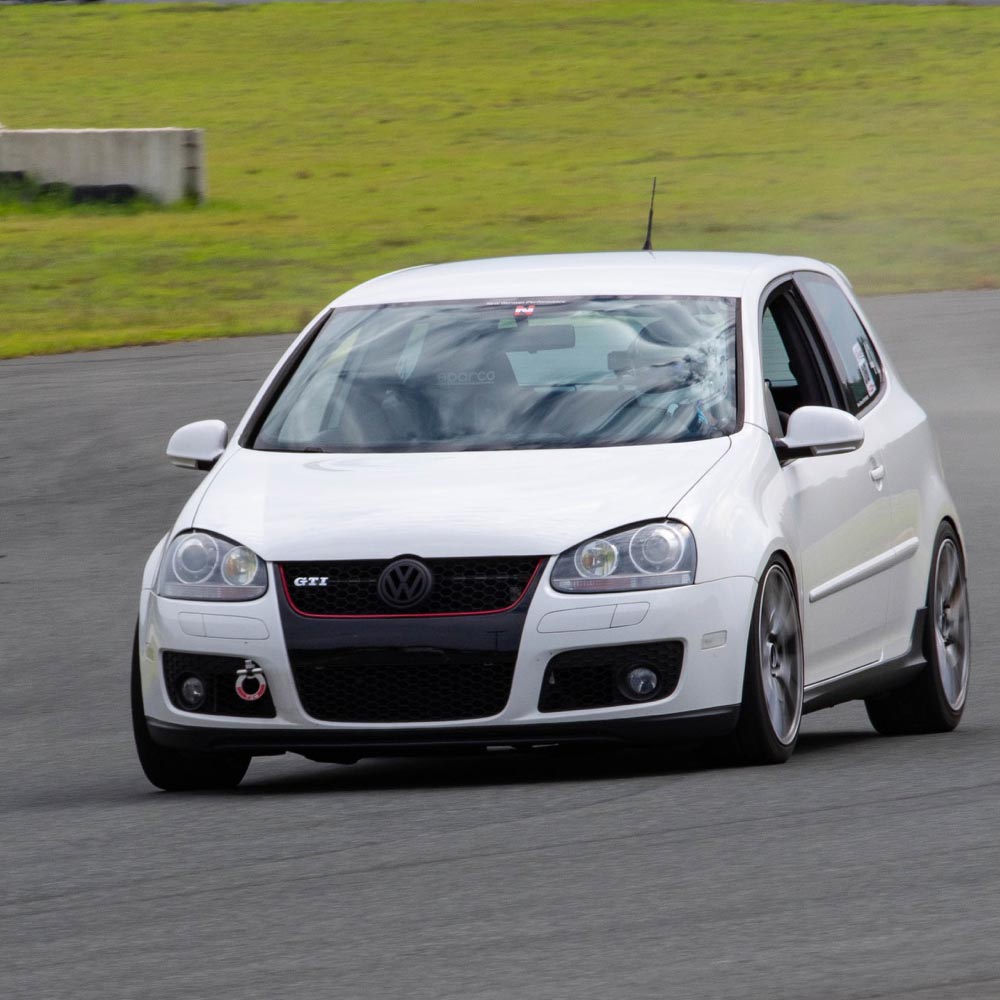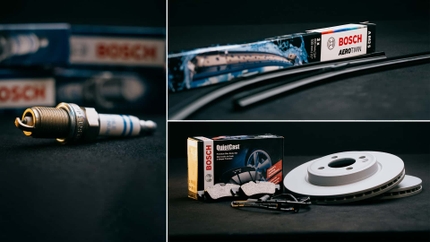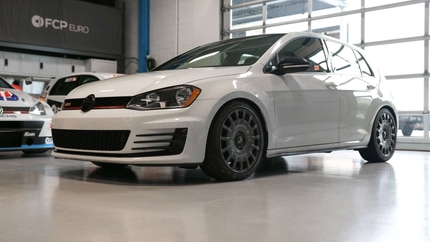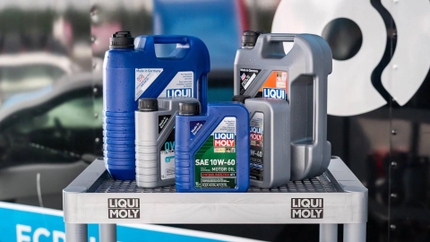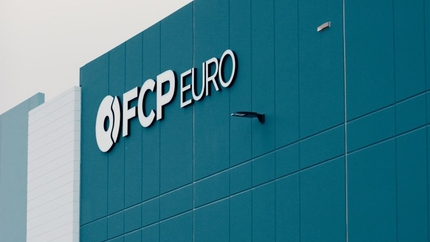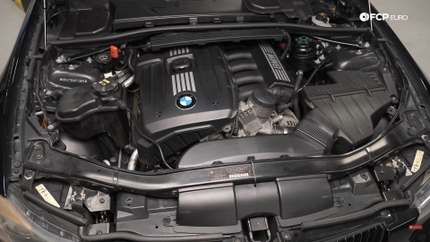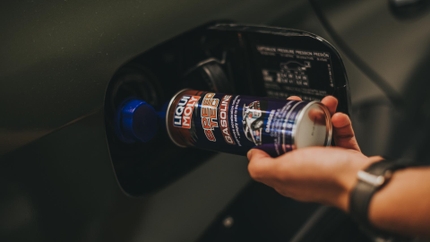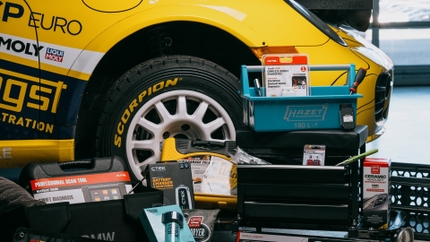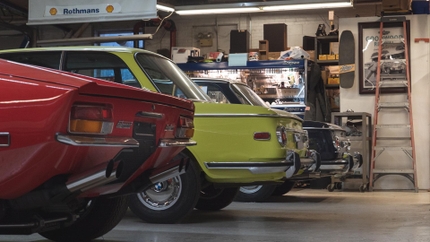Volkswagen, from its very beginning, has been known for providing surprising performance in an affordable package. VWs are distinctive, fun to drive, and somehow always manage to punch above their weight, often besting more expensive, fancy, or more 'premium' brands. From the earliest Beetles to the game-changing Mk1 GTI, or the turbocharged 1.8t Mk4 that moved the goalposts of modern VW performance, they've also been popular with tuners and hot-rodders, with all the right ingredients to increase performance without sacrificing the fun or reliability. While there are plenty to choose from, here are a few of our favorite fast, affordable VWs.
Volkswagen Rabbit 2.5 5-Cylinder (Type Mk5 2006-2009)
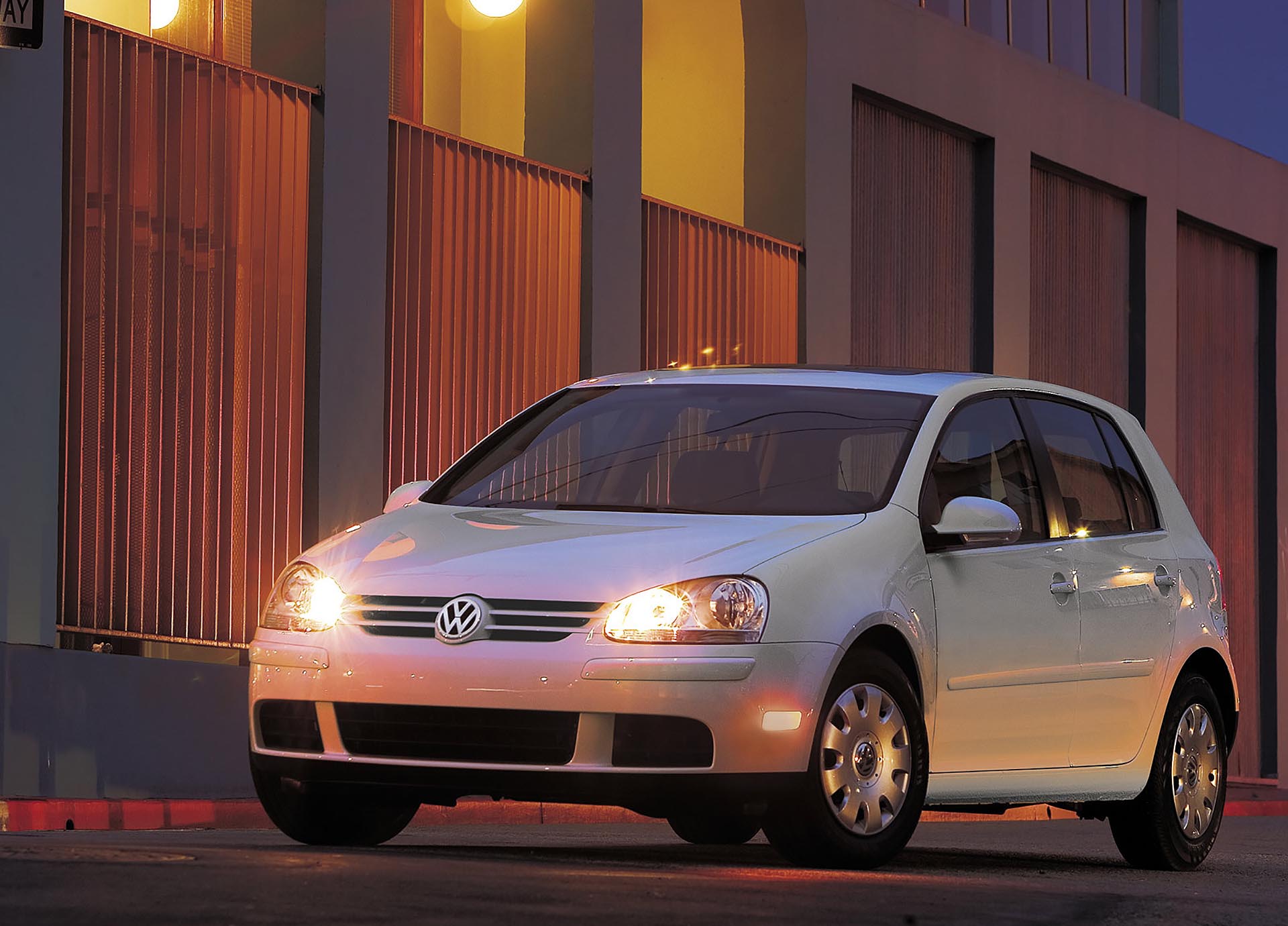
The PQ35 platform, introduced in the USA as the Mk5 around 2006, was the first mainstream VW to offer an independent rear suspension. It was a revelation compared to the traditional twist-beam semi-independent suspensions that all front-wheel-drive VWs had relied on for decades. With this, VW sought to reignite some of the passion for its base model hatchback and went back to the Rabbit nameplate, last used way back in 1984. This new model was to bring back that fun, reliable performance that had been missing to some extent in the 115 horsepower 2.0 Mk4 Golf.
With the Mk5 Rabbit, VW launched the now somewhat legendary 2.5 5-Cylinder 07K engine. Making 150 horsepower and producing a glorious 5-cylinder sound, the popular saying at the time was that the new 07K was "half of a Lamborghini Gallardo engine." Ridiculous to some, but the reality is that there is a decent amount of shared DNA between the 2.5 L engine powering the lowly Rabbit and Jettas and the 5.0 L V10 that sat midship in the baby Lambo. With basic mods like software, intake, and exhaust, the 2.5 Rabbit was fun and sounded great and performed well. Taking it one step further and swapping on a short-runner intake manifold transforms the car, easily taking it over 200whp and allowing the car to rev far higher than you might imagine for an otherwise stock engine. Turbocharge it, with the right parts and pieces, and the sky is the limit in terms of the power it can make. Some of the fastest cars around feature some variation of the lowly 07K engine, which is itself, not all that different from the latest 2.5 Turbo 5-Cylinder that powers the Audi RS3 and TT RS.
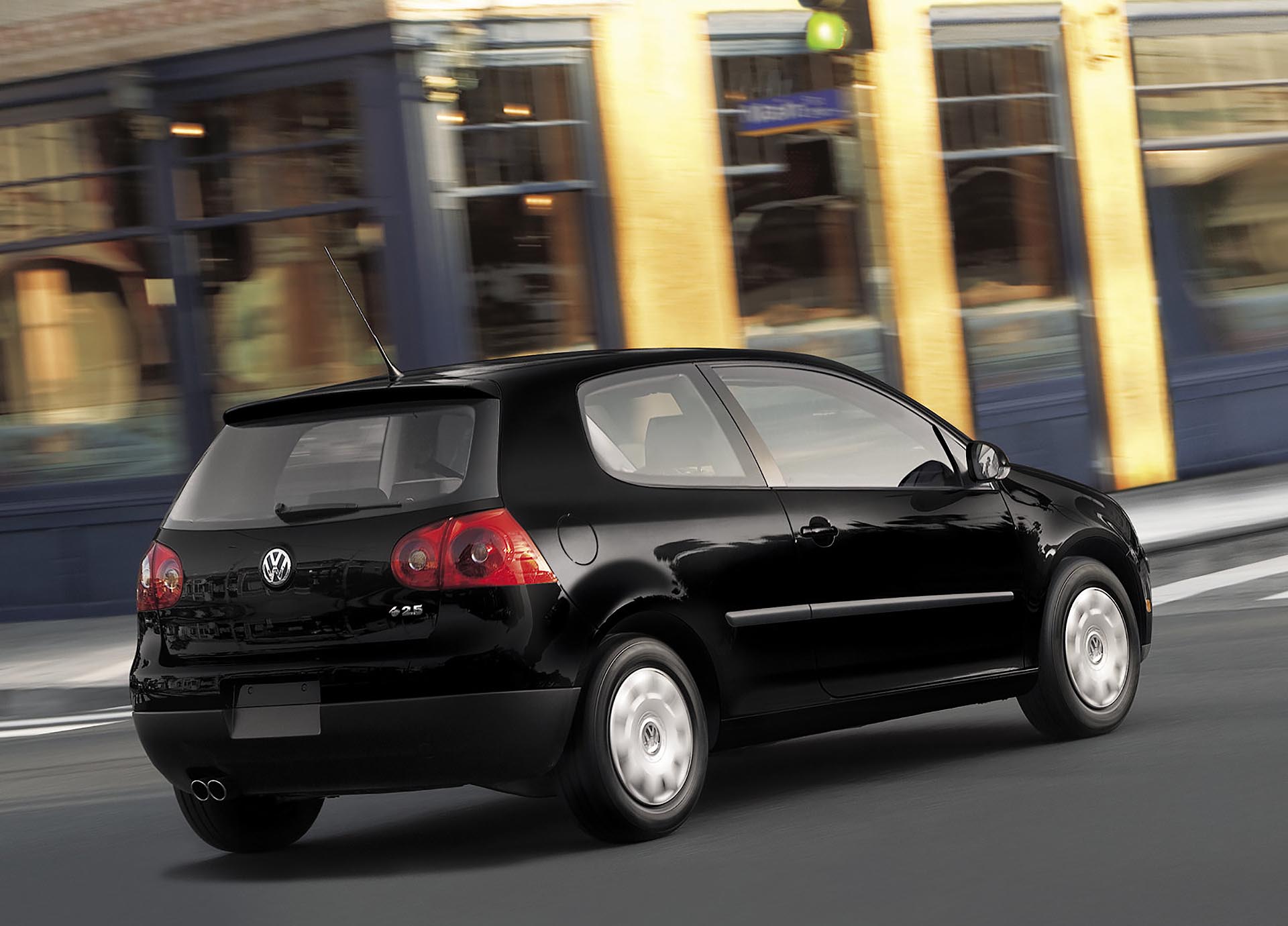
The 2.5 5-cylinder is also gloriously reliable. Aside from some minor timing chain stretch issues in the earliest 2006 versions, they can go for hundreds of thousands of miles with proper service. The Rabbit chassis accepts pretty much any and all parts designed for the GTI, meaning spares are easy to find as well. While the 02J 5-speed transmission is a known weak point, a 6-speed 02Q swap from a 2006-2014 Mk5 or Mk6 GTI or GLI is an increasingly affordable swap and provides a noticeable performance bump thanks to shorter gearing. Depending on miles and condition, you can easily find Mk5 VW Rabbits for $1,500 to $3,500, sometimes even less if it needs a little bit of work.
Volkswagen CC 2.0t (Type Mk5, 2009-2012)
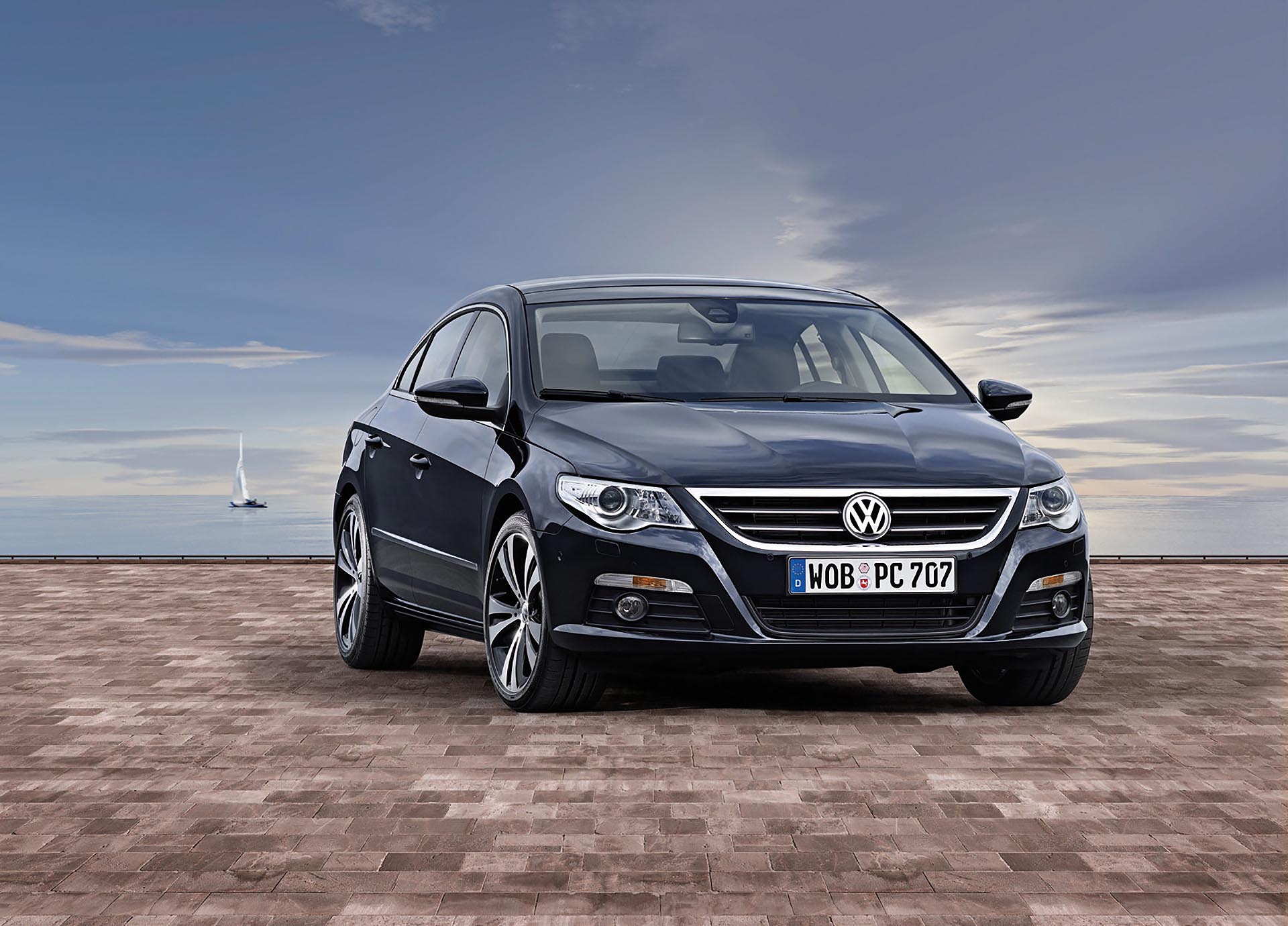
Normally I'd pitch the Mk5 VW GTI as the next best thing to a Mk5 Rabbit, but everybody knows about GTIs and how great they can be. If there's an unsung performance sleeper in the VW line-up that people should keep an eye on, it may very well be the Volkswagen CC. The CC (which stands for Comfort Coupe - and yes, it has four doors, so technically isn't a coupe) is built on the same platform as the B6 VW Passat and shares much of the mechanical components with the larger VW sedan and wagon. However, the CC has a much sleeker look, is just as easy to tune as any other 2.0t-powered VW, and features one of the stiffest chassis VW had released to date.
Available in both 6-speed manual and DSG transmission variants, the 200 horsepower 2.0t TSI can be easily tuned to produce far more power, even with modest and simple bolt-ons. Equipped with the same brakes as the GTI and GLI, and featuring a sport-tuned suspension, the CC is a great performer right out of the box. Like the Rabbit, and indeed most late-model VWs and similar Audis, the Lego-like assembly makes swapping parts and pieces from one platform to another far too easy, and can transform a car like the VW CC into a super sleeper. The CC was also available in 3.6 VR6 guise, but unfortunately without a manual transmission. Still, the 280 horsepower narrow-angle V6 is deceptively fast and known to be quite reliable.
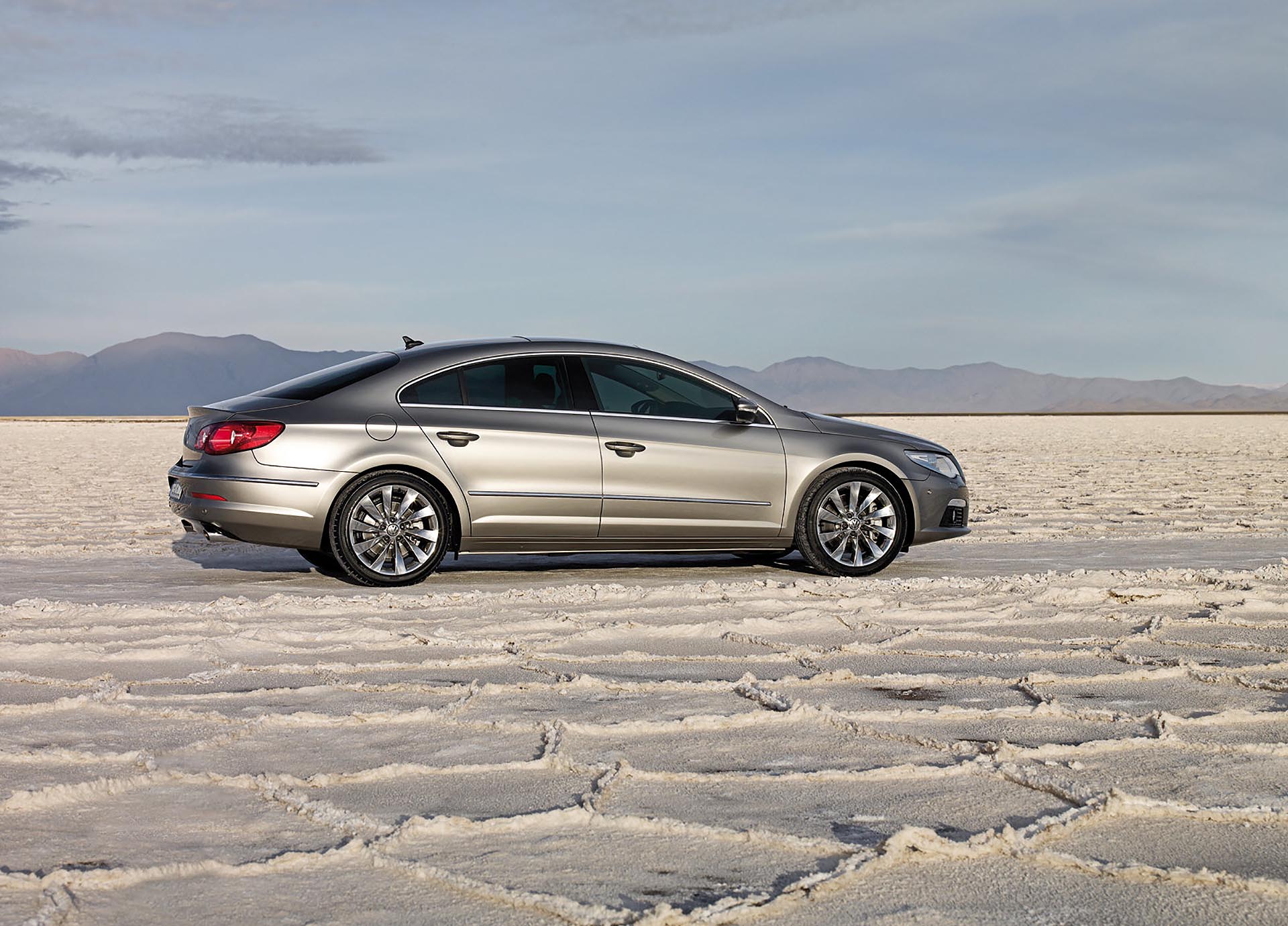
As with any of the 2.0t TSI engines, you do need to be aware of some common issues. First and foremost are the timing chain related problems, as most if not all CCs were produced with the earlier, problem-prone tensioner design. Earlier balance-shaft designs are also known failure points, but updated versions of that are also available and can be addressed at the same time as the tensioner and timing chain system. Many cars currently available will likely have had these addressed by now, so check the service history for extra peace of mind. Outside of the Gen 1 TSI engine issues, the CC has proved to be a reliable car, and well-priced as well. Depending on the mileage and condition, you can easily find a pre-facelift 2009-2012 VW CC in the $4500-$8500 range. GTI performance, without the GTI tax.
Volkswagen R32 (Type Mk5, 2008)
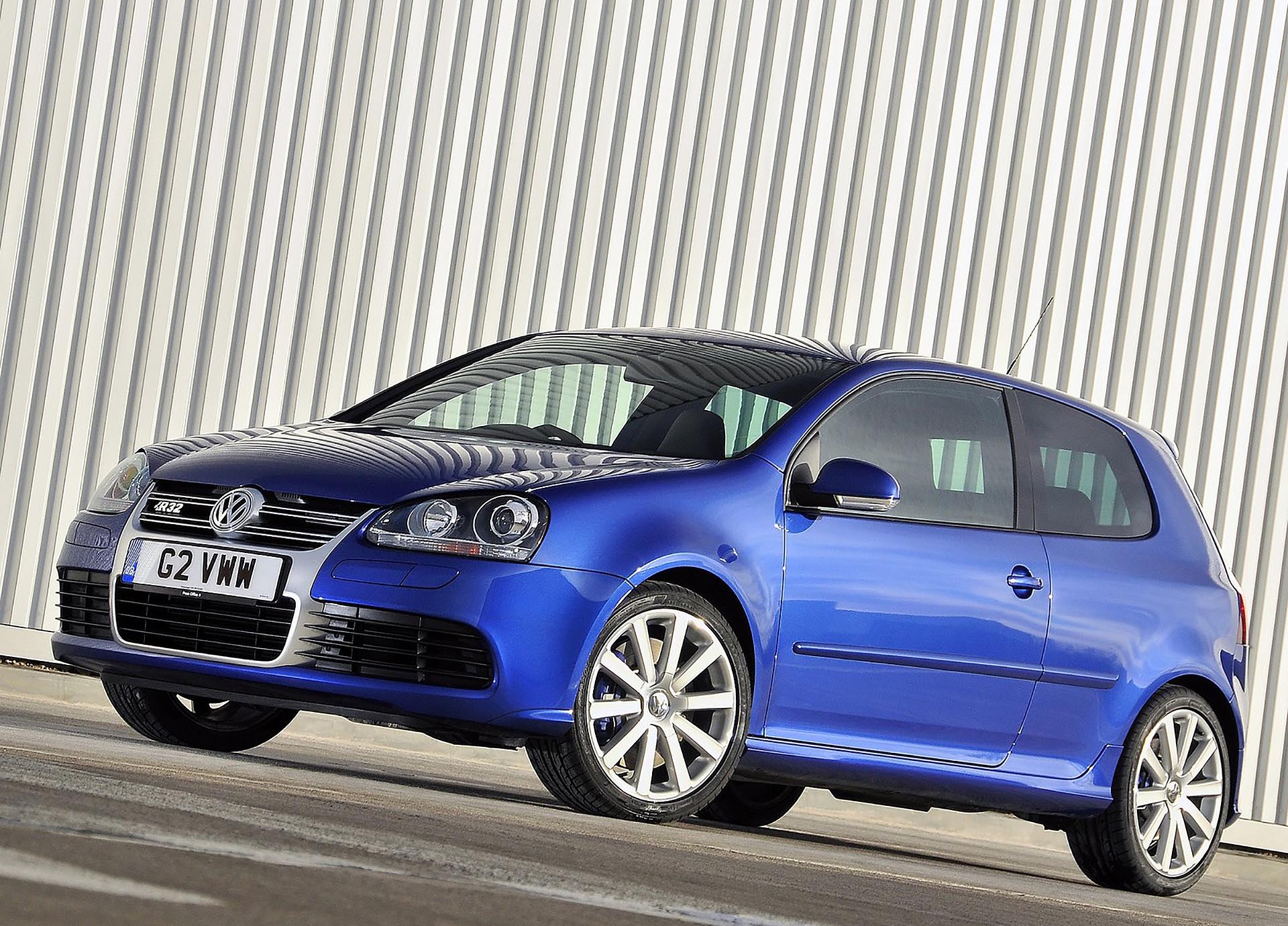
The cult of the Wookie is strong in the VW world. The OG R32, the Mk4, remains a high-water mark for many VW enthusiasts, with the infectious growl of its 3.2 L VR6 being second to none with its iconic bark and growl. Unfortunately, at least for those who don't already own them, the Mk4 R32 still, and always will, demand a premium price. It's the first and arguably the best R32, mostly thanks to the more polarizing, or as some would say, more lackluster follow-up, the Mk5 R32. They still only sold 5,000 of the Mk5 R32, and it still has all the right ingredients of a future-classic, which means that this overlooked and under-appreciated R is a great buy.
As we've already discussed, the PQ35 Mk5 chassis is fantastic. It's easy to work on, strong, rust-resistant, and a dream for an enthusiast; whether you want to go to the track or slam it on air-ride, there are plenty of options for every budget. Compared to the Mk5 GTI, the Mk5 R32 adds the 250 horsepower 3.2 L VR6, much bigger 345mm front brakes and vented 310mm rear brakes, along with a fantastic Haldex all-wheel-drive system. Unfortunately (or fortunately, depending on what you prefer), the Mk5 R32 also added the DSG dual-clutch transmission, and it's the only available transmission option for the Mk5 R32. For this reason, and the fact the styling of the Mk5 tends to be less-popular, the Mk5 R32 just hasn't built up that same level of desirability of the older Mk4. Still, the 3.2 L VR6 sounds glorious, and still responds well to tuning, especially in the form of forced-induction. With a DSG and Haldex tune to pep up the shifting and power delivery, the Mk5 R32 is a fantastic car to drive, and thanks to the updated bumper, side skirts, and rear valence, it's easily the most handsome Mk5.
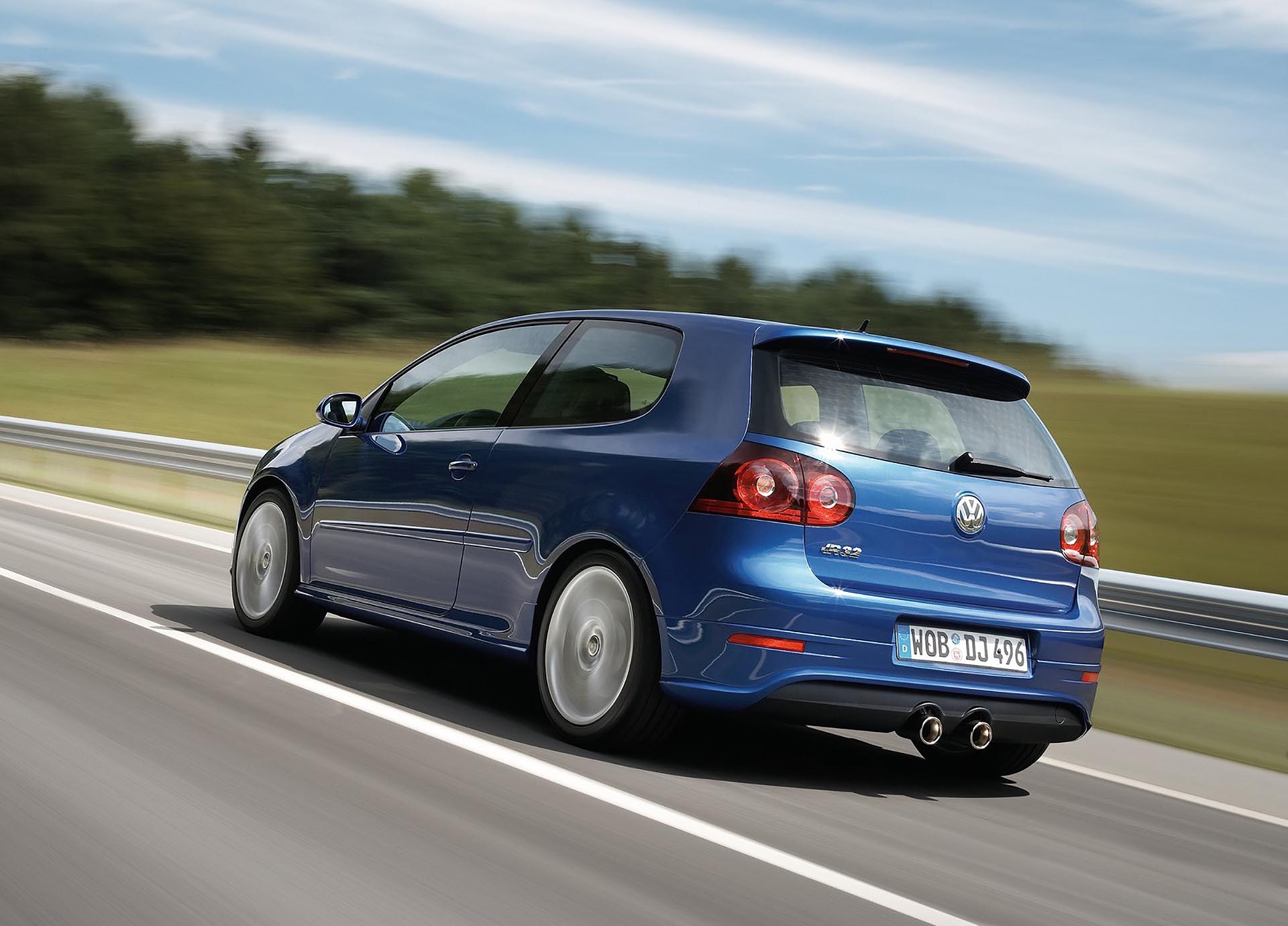
In terms of reliability, the 3.2 L VR6 is a champ, requiring very little care to go for many thousands of miles. Tornado Red paint is known for having clearcoat issues and should be inspected closely, compared to the United Gray, Deep Blue Metallic, or Candy White examples. The biggest problem tends to be with the DSG transmission, with Mechatronic failures being common around the time these were new. While that can still happen, the 02E 6-speed DSG remains one of the most reliable and capable automatic transmissions around, so this should be a limiting factor for most considering the Mk5 R32 as a daily driver or weekend warrior. Pricing will vary quite a bit on the Mk5 R32, and you can find them as low as $6,000 and as high $15,000, down very much to the mileage, condition, who is selling the car, and even the geographical location. If you keep your eyes open, you may stumble onto a great buy.
Volkswagen Golf R (Type Mk6, 2012-2013)
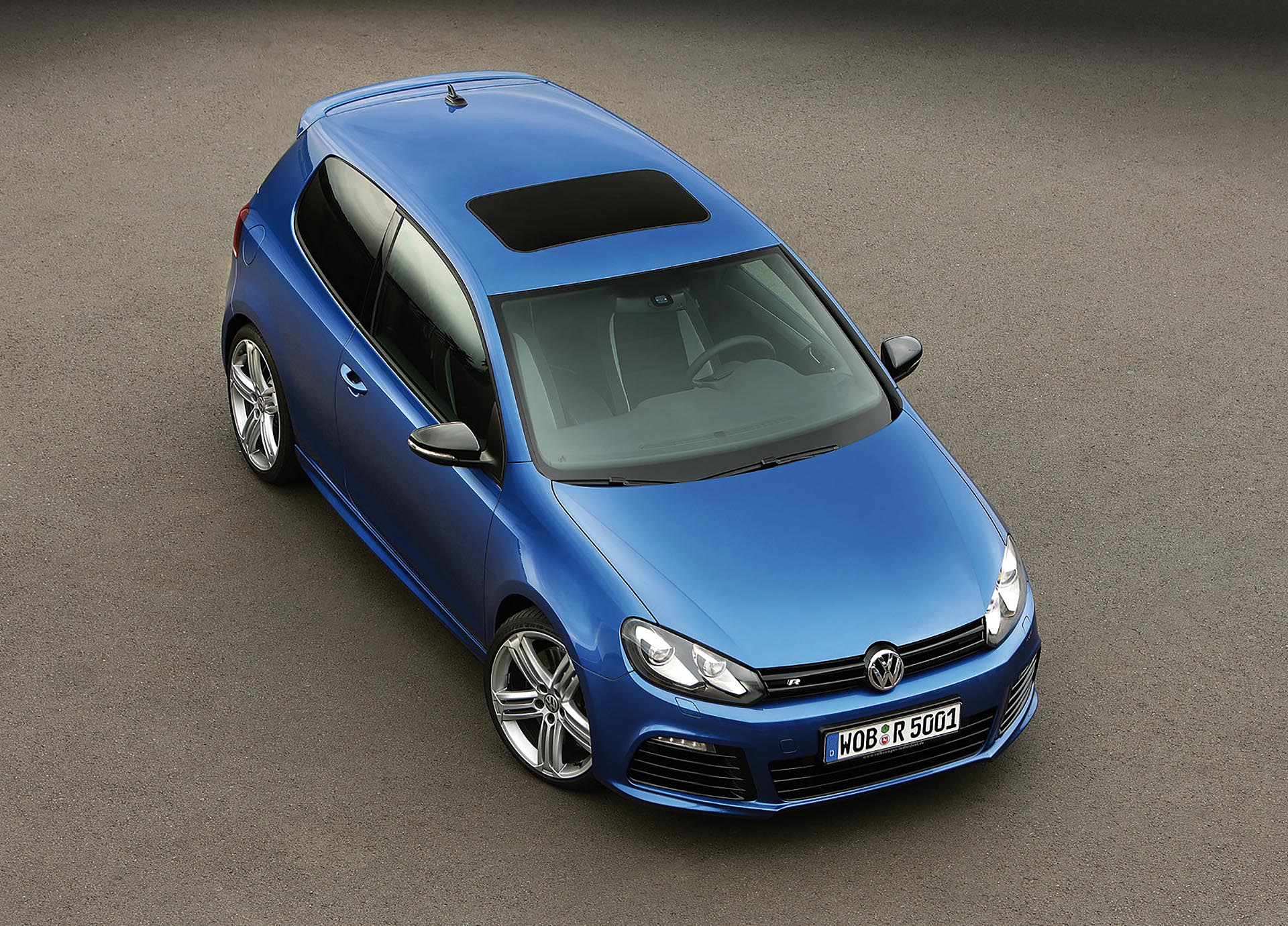
Any list of performance VWs is likely to include many hatchbacks, it's kind of the nature of the beast, and this list is really no different, so please bear with us as we add another hot-hatch. One of the best performance VWs of recent times is undoubtedly the Mk6 Golf R. While it may no longer be powered by the legendary VR6 engine, the Mk6 R goes back to the roots of what an R-line car should be in a lot of ways. It's sporty but understated. It is remarkably capable but practical and reliable. And it's an involved driver's car, thanks to a 6-speed manual transmission.
With the 2.0t FSI-powered Golf R, VW learned from their misstep with the Mk5 R32 and went back to the manual-only transmission option for the third iteration of the R-line Golf. Taking basically the same engine that powered the Mk5 GTI, and identical to the one used in the Mk2 TTS, the EA113 engine in the R adds a larger K04 turbocharger and with it, a much better-balanced power delivery. Making a software-stunted 256 horsepower, a simple stage 1 flash from tuners such as Unitronic uncorks close to 300 horsepower and over 300 lb-ft of torque. Matched with the slick-shifting 6-speed, Haldex all-wheel-drive, sporty suspension, and handsome looks, the Mk6 Golf R is fun to drive in nearly any situation. It's also the first R-line Golf to be available in either 2-door or 4-door, adding to the super-hatchback's flexibility.
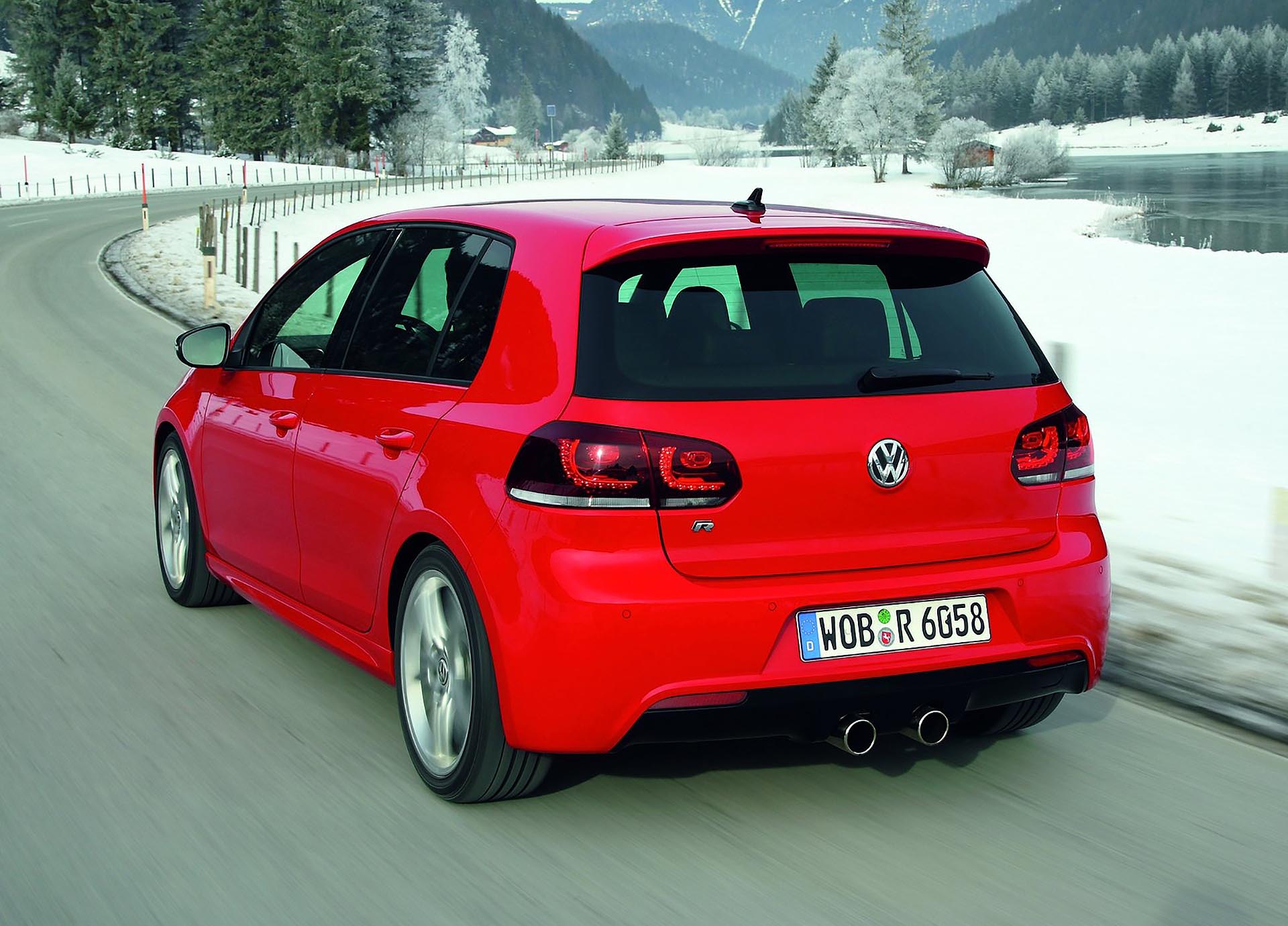
While the EA113 2.0t FSI engine is known to generally be more reliable than the EA888.1 TSI version, there are some service items to be aware of. First, it's a timing belt engine, which means the timing belt and water pump should be serviced every 80,000 miles or so. Secondly, the high-pressure fuel pump (HPFP) cam follower is a known wear item, and should be replaced regularly to avoid potentially serious, and usually expensive, engine component damage. VW doesn't have a recommended interval, but checking every 20,000 miles or so is ideal, depending on how you drive your car. Lastly, the timing chain tensioner guide can fail, and if left unrepaired, cause significant damage if the cam chain breaks. Unlike previous versions, the Mk6 Golf R was not a limited production run, so prices will likely fall farther, faster, than the R32. Depending on mileage and how crafty you are with your searches, you can now find Mk6 Golf Rs for $11,000-$20,000, a heck of a deal for a great performance hatch.
Volkswagen GTI VR6/Jetta GLX (Type Mk3, 1994-1999)
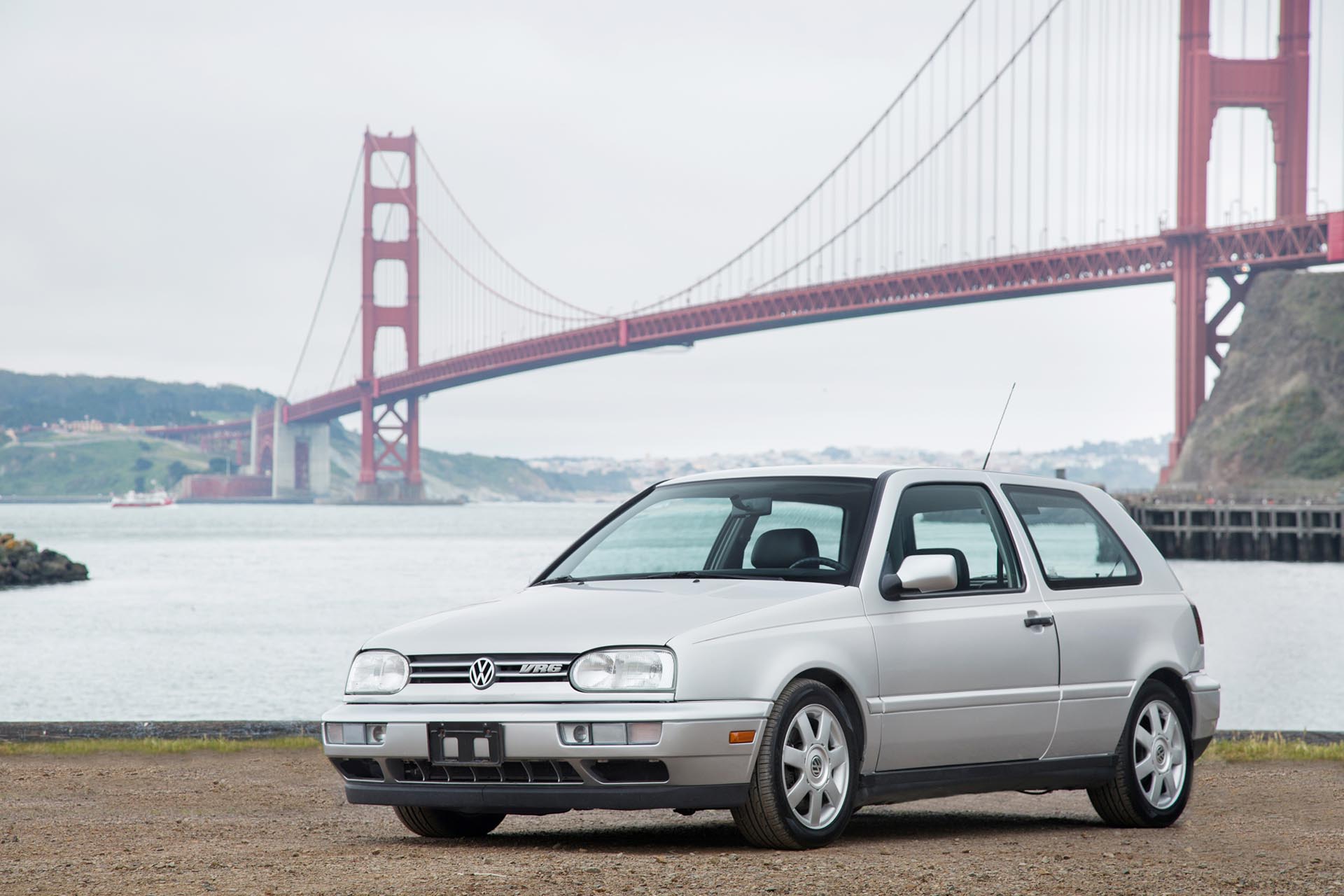
For our final pick, we're going old-school and taking it back to one of the all-time greats, the mk3 VR6. Needless to say, when VW finally placed it's 2.8 L VR6 from the Corrado into the Mk3 GTI hot-hatch and Mk3 Jetta GLX, it created two of the most popular performance VWs of all time. The 172 horsepower engine was torquey but had a noticeable bump in power around 4,000rpm, and with that glorious VR6 sound, it was hard to resist running these cars all the way up to redline on nearly every gear change.
Mostly equipped with 5-speed manual transmissions, the GTI and GLX VR6 models were introduced in 1994 and remained relatively unchanged until 1999. Notably, the OBD2 electronics came along in 1996 and make for greater tuning flexibility and easier diagnostics of engine issues, along with larger 288mm front brakes. While the Mk3 VR6 may not be able to compete with any of the other models on our list, aside from the Mk5 Rabbit, it's a car that will bring a smile to your face in a way that few others on this list will be able to do, despite them being much faster. That said, few engines have as many options when it comes to adding an aftermarket turbo kit, something that can easily double the factory horsepower levels with little to no internal engine changes.
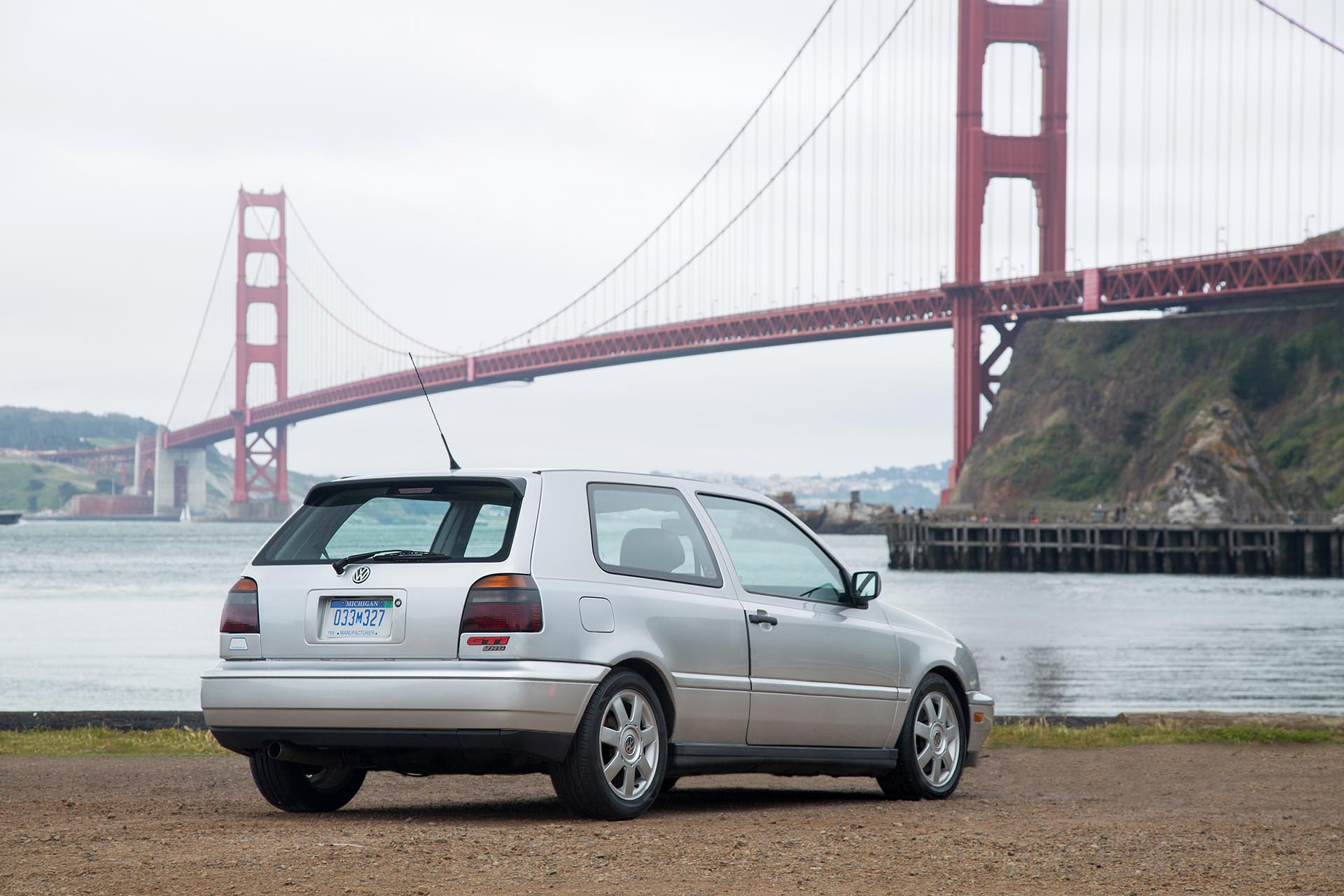
Without a doubt, the 1997 GTI VR6 Driver's Edition, available in only Jazz Blue or Ginster Yellow, represents the most desirable of the Mk3 VR6 models, thanks to exclusive colors and model-specific accessories. They also only sold 1,000 of the 1997 D.E. GTIs, which leads us to the biggest problem looking for a Mk3 VR6 VW. Being older, these are going to be harder to find, especially in good condition. The Mk3 chassis is well-known for rust issues, typically in the floors of the car in 1994-1995 models and both the floors and front strut towers in 1996-1999 models.
Aside from that, there will be any number of age and mileage-related issues to potentially contend with. The 12v VR6 engines typically require a timing chain service around 100,000 miles, and the factory plastic coolant pipes should be replaced or upgraded if you don't know the history of the car. Ultimately, you can find Mk3 VR6 GTIs and Jetta GLXs for under $1,000 to well over $10,000 for pristine examples. All of that said, while there are plenty of dogs out there, rest assured there are pristine examples waiting to be found, provided that the price is right.
Surely these represent only a few of the fast, affordable VWs that have been sold over the years. While we've gone hatchback heavy on our list here, there are plenty of Jetta models, including 2.5 5-cylinder and 2.0t powered versions, meaning there really is a great performance VW for almost everyone. What are your favorites?

